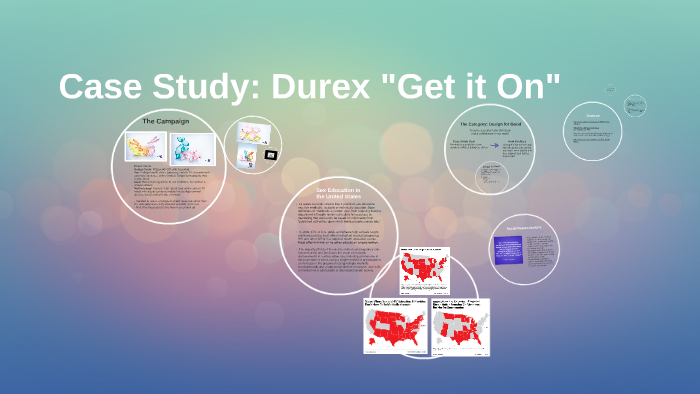

Are at least relatively well-known in their space (if possible). Are truly enthusiastic about your product-again, these people usually reach out and express their joy. Make a list of these people as soon as you communicate with them, for easy reaching out later. Oftentimes, the customers who have been most impressed with your product will let you know about it by reaching out.  Have seen solid results from using your product. Having an outdated opinion isn’t very useful. This guarantees that they’re up to date with any new features you have, the current design, recent changes, etc. Use the product often and have used it recently. However, some of them are definitely more useful than others when it comes to communicating your value.Īfter you have picked the target groups you’d like case studies for, make sure you pick customers who: You obviously value all of your customers. Choose your case study candidates wiselyīesides making sure you have a good range of different case studies, it’s also important to be picky about who the selected ones are. It’s great ammo for effective success/sales processes, and saves you time on tailoring communication on the spot. This way, you can build the most in-depth rapport with your ideal customers. Try to figure out all the different main use cases that exist within your ideal customer target group, and build case studies for all (or most) of them. There’s no point in doing a case study for edge case customers who you aren’t actively pursuing.
Have seen solid results from using your product. Having an outdated opinion isn’t very useful. This guarantees that they’re up to date with any new features you have, the current design, recent changes, etc. Use the product often and have used it recently. However, some of them are definitely more useful than others when it comes to communicating your value.Īfter you have picked the target groups you’d like case studies for, make sure you pick customers who: You obviously value all of your customers. Choose your case study candidates wiselyīesides making sure you have a good range of different case studies, it’s also important to be picky about who the selected ones are. It’s great ammo for effective success/sales processes, and saves you time on tailoring communication on the spot. This way, you can build the most in-depth rapport with your ideal customers. Try to figure out all the different main use cases that exist within your ideal customer target group, and build case studies for all (or most) of them. There’s no point in doing a case study for edge case customers who you aren’t actively pursuing. 
This means that the most effective case studies are the ones that are the most heavily tailored for your most desired target group(s).
Be immediately assured that the product is suitable for your specific use caseĪnd, on the flip side, if you’re doing research and the available case studies are wildly different from what you need, it might be a red flag for you. Get a lot of extra information without having to reach out to the company. If you immediately see a case study for another company with a use case nearly identical to yours, you will: #Get it done case study software#
Imagine doing research for a software solution you need. The effectiveness of case studies comes largely from the relatability aspect of them. At the very least, you definitely have various strong use cases for your product.įor example-if your main target group is SMBs, you still have: Create niche studies for separate target groupsĮven if your business has one specific main target group, it still probably has different verticals of customers under it. Here are some tips for effective case studies that you can use for targeting, marketing communications, customer success, search optimization, and more. You can’t just put together a case study based on any customer, in any format, and at any time.

However, good case studies take time and commitment.
Allows you to target your marketing better towards much narrower customer groups, meaning a much more personalized experience. Creates a sense of “I can relate to this”, if the case study is for a company in the same space. Gives more information about the product-you can’t fit everything onto your features page. Provides social proof-in a situation where a potential customer isn’t sure what to do, they assume that others around them have more knowledge. Creates trust (recommendations from third parties are always more reliable than what the company itself claims). Case studies are one of the best ways to communicate product value to potential customers.








 0 kommentar(er)
0 kommentar(er)
